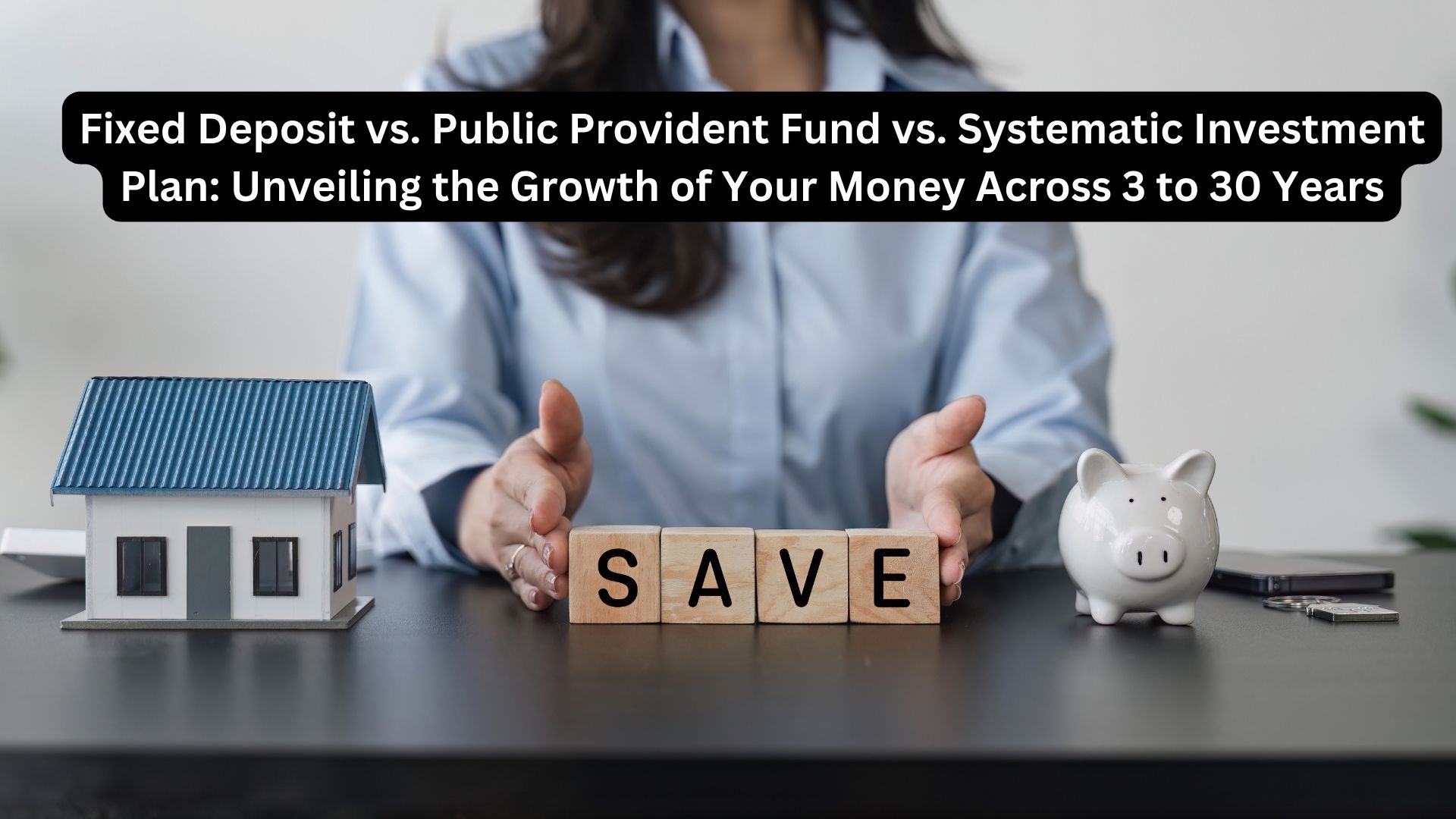
Understanding the annual return necessary to multiply an initial investment is essential for grasping how financial growth occurs. It represents the compounded growth rate required to double the invested amount over a specified period, and the annual return rate is contingent on the chosen investment vehicle and associated risk levels.
Consider the Rule of 72, a formula revealing the number of years needed to double an investment at a given rate of return. By dividing 72 by the assumed annual return, you get the years required for your investment to double. For example, according to the FundsIndia Wealth Conversations Report (November 2023), if an investor selects a savings account with a modest 3.5% annual return, it would take approximately 20 years for the initial investment to double. Extending the duration to 30 years results in the investment growing 4.3 times its original value. Despite being low-risk, such investments offer limited growth potential, but this can be accelerated by choosing more lucrative investment options such as fixed deposits, PPF, or debt funds. With an annual growth rate of 8%, the principal sum could double in just 9 years and increase 10.1 times in 30 years.
Moving into higher returns, assuming a 10% annual growth rate commonly found in equities, your investment could more than double (2.1X) in just 8 years and reach 17.4 times its original value in 30 years. However, this comes with an amplified level of risk. Lucrative opportunities exist in large-cap mutual funds with a potential annual growth rate of 12%, doubling your money in 6 years and growing it 30 times in 30 years. While the returns are impressive, the associated risk is significantly higher. For those with a robust risk appetite, riskier assets like small and mid-cap funds can yield an assumed return rate of 15%, doubling your initial sum in as little as 5 years and reaching 66.2 times in 30 years.
Nevertheless, the risk intensifies considerably with assets offering a substantial 20% annual return. While the prospect of doubling your investment in just 4 years is alluring, the risk level is equally high, potentially jeopardizing your entire capital.
Optimizing the Use of SIP Calculators: A Guide to Maximizing Benefits
In conclusion, the annual returns required to multiply an original investment hinge on the chosen investment vehicle and the investor’s risk tolerance. Prudent investment decisions necessitate a balance between the two, recognizing that higher returns often come with elevated risks. It is imperative for investors to thoughtfully consider their financial goals, risk tolerance, and time frame before delving into any investments.
